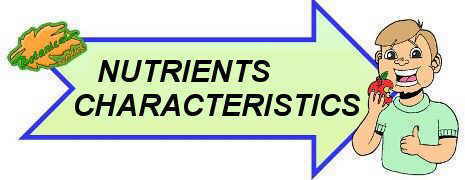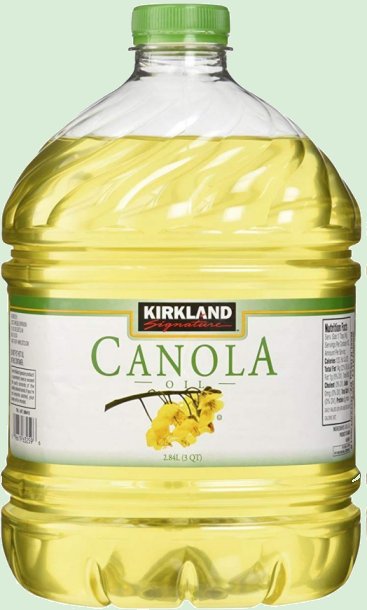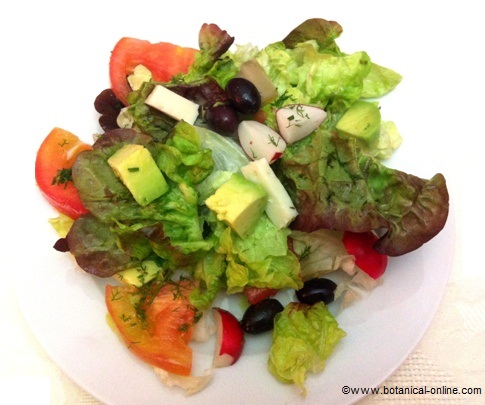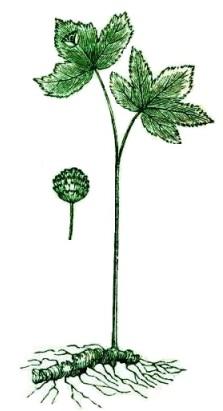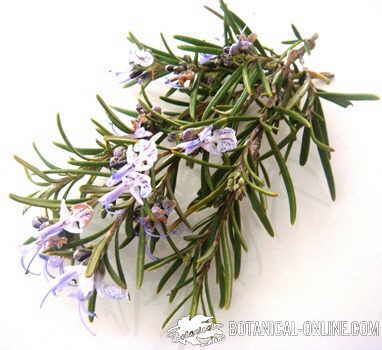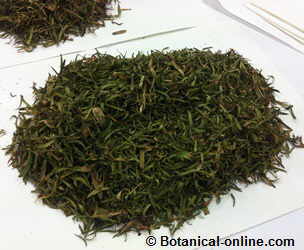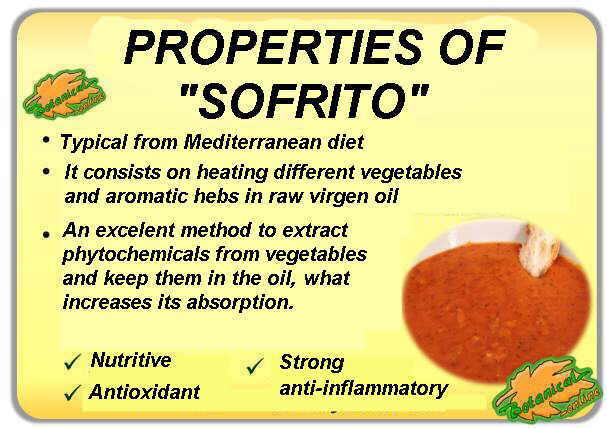Contents
How to explain your children what fiver is
FIBER FOR CHILDREN
The following page aims to explain the characteristics, function and importance of fiber in our diet. It can be very interesting for parents at home or for teachers at school.
Adults who want to know more about fiber properties can also consult it in the following link
What is fiber?
Fiber is a component of all plant foods such as oranges, carrots, artichokes, whole grains and spinach. For example:
- Fiber is what is left on the peel of the orange after squeezing it,
- Fiber is the “dust” or the “straw” left in the blender after making a shake,
- Fiber are the “hairs” that artichokes has inside it,
- Fiber is the bran of brown rice or the brown part of the whole bread,
Although not seen, all vegetables contain fiber as a part of their leaves, as is the case of spinach.
Have animal foods fiber?
Animal foods have no fiber, because fiber is only manufactured by plants. Meat, fish, eggs and milk do not have any fiber.
Types of fiber
There are two types of fiber: soluble fiber and insoluble fiber.
- Soluble fiber is that one that dissolves in the intestine forming a paste as gelatin. This fiber generally appears in watery foods, such as certain fruits (oranges, apples, bananas, etc..) and vegetables (carrots, broccoli, beets, onions, etc).
- Insoluble fiber is that one that does not dissolve in the intestine. It looks like straw. Insoluble fibber appears in not so watery foods such as cereals (bread, rice, pasta, muesli, etc.) and legumes (chickpeas, lentils, lentils, etc.).

Vegetables and fruits are very rich in fiber
What is fiber for?
When we talk about fiber we mean this part of plants that we can not digest and does not add calories, so it is not a nutrient.
Fiber is a very special component of our diet because, although it is not a nutrient, we can not live without it.
We can not live without fiber because it is necessary to help our intestines to work well, and to excrete the food already digested. If not for the fiber, the food would stay long in our body and would rot.
Eating fiber also feeds our defenses: the famous “lactobacillus” of Actimel, which are defensive organisms that we naturally have inside our body, feed on the fiber we eat. So if we do not eat fiber, these “good bugs” can not live, no matter how much Actimel we take.
If we eat foods with fiber every day, we will develop very good defenses and a healthy body.
How much fiber should we take?
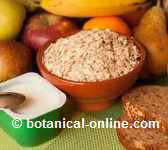
Cereals for breakfast
Although we can buy preparations containing “pure fiber”, we should not feed on this type of food.
Our fiber intake should be based on the cereals, legumes, vegetables and fruit we ingest on our daily diet.
*Related information: Contraindications and side effects of fiber
Within a week, to be sure we eat enough fiber for our body to work well, we should take the following:
- Vegetables: 2 times a week (chickpeas, peas, lentils,…)
- Cereals: every day (pasta, bread, rice, muesli, breakfast cereals,..)
- Vegetables: every day (carrots, onions, leeks, pumpkins, potatoes, sweet potatoes, chestnuts,…)
- Fruit: every day (kiwis, oranges, strawberries, melons, tangerines,…)
| TO REMEMBER: FIBER |
|
Characteristics of nutrients
Child feeding course index
![]() More information on nutrition.
More information on nutrition.


